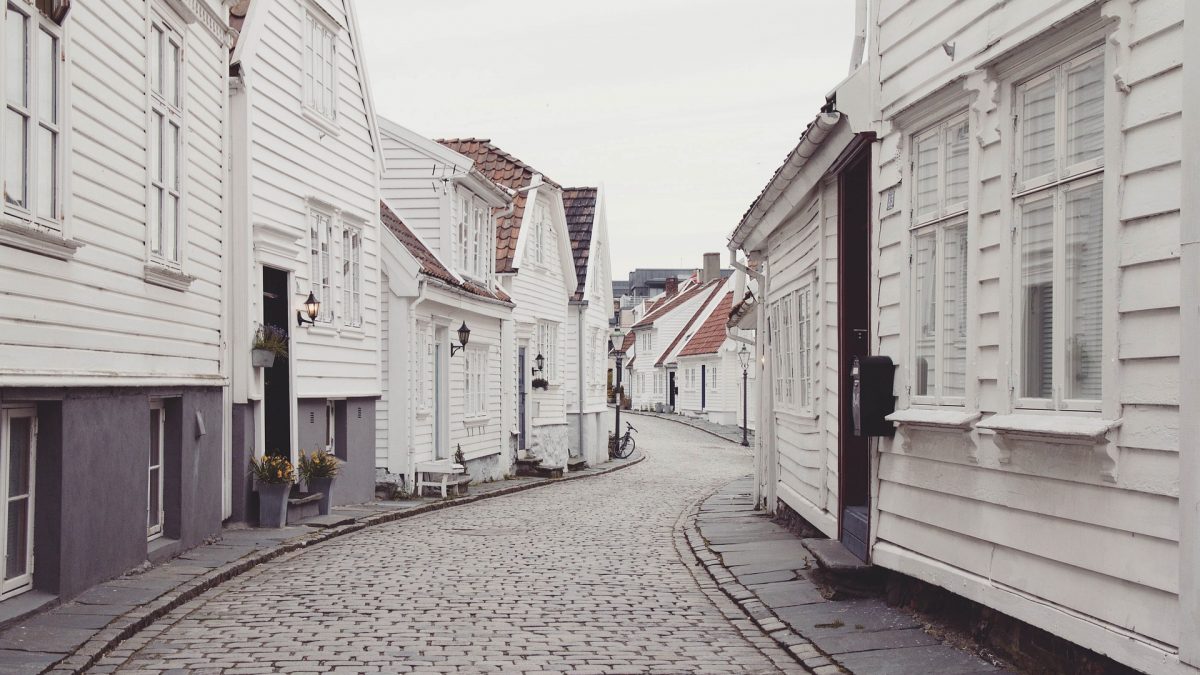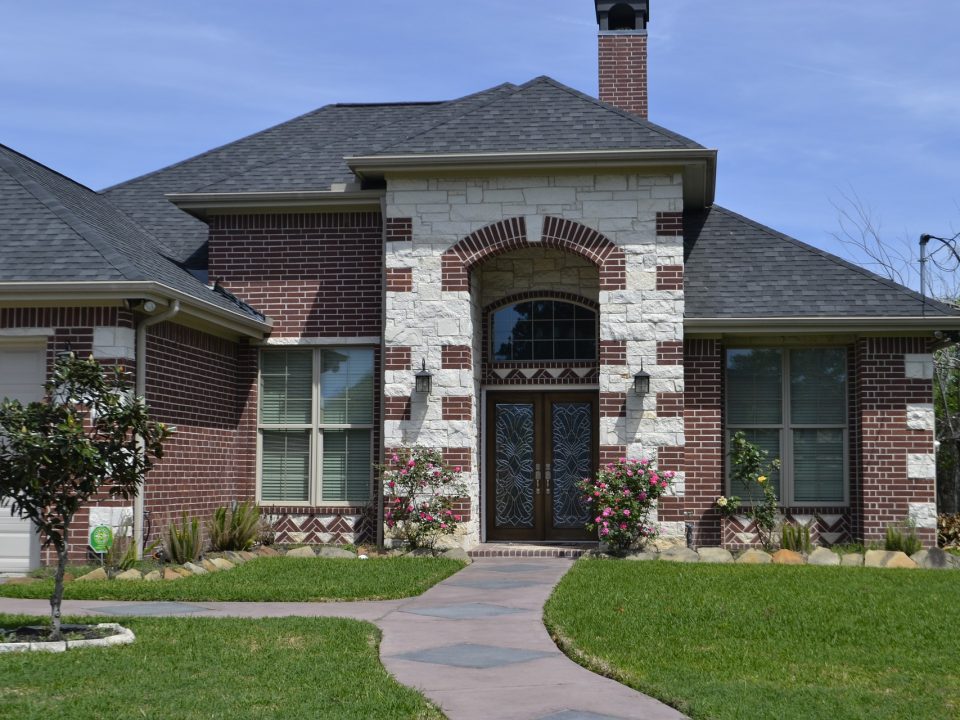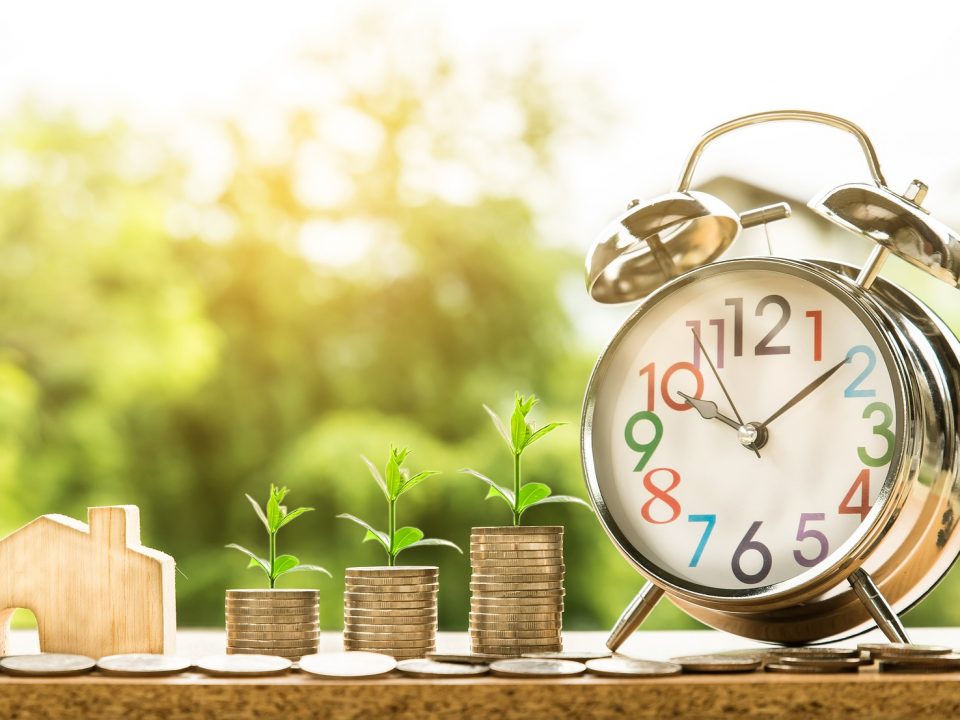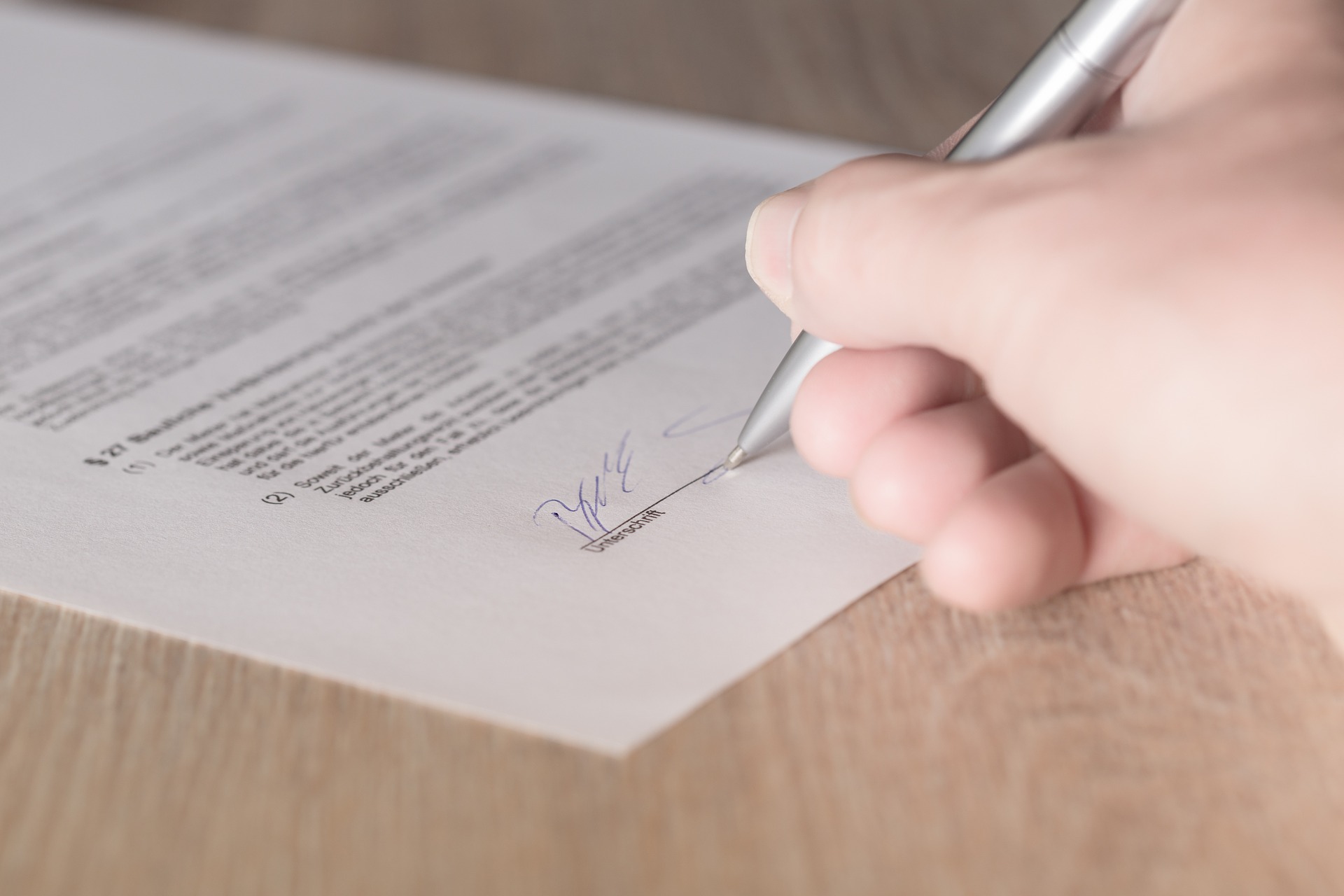
Buying In a Downturn Market
January 29, 2019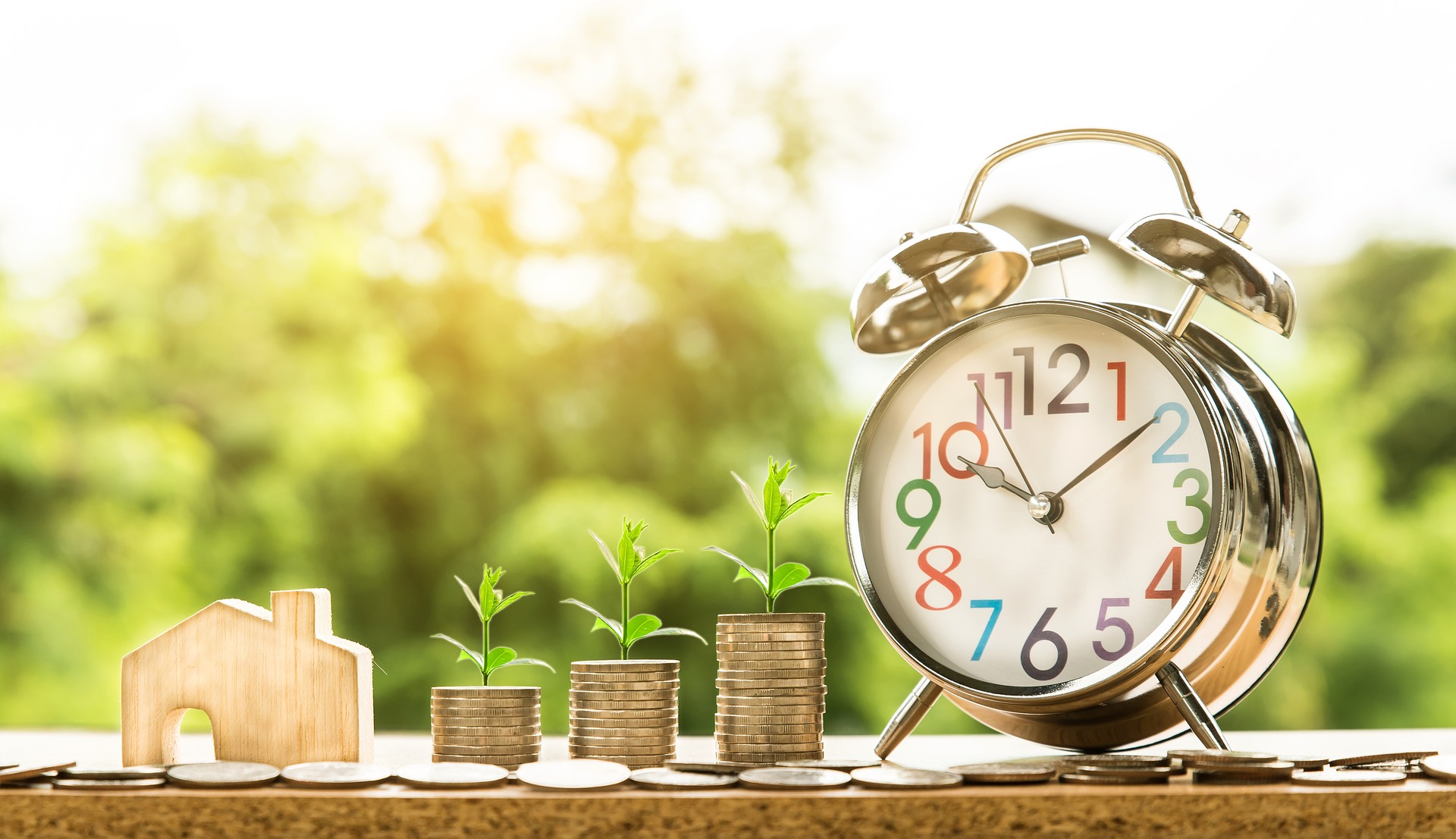
How To Make Money on A Rental Property Part 2
February 28, 2019Once you get a property up and running, meaning that you have a tenant or multiple tenants in it, and you’re at the point where you are simply maintaining the property as well as possible, there are three ways you can be making money on the property.
These three combined create your return on investment (ROI) on the property.
Cashflow:
Any good education piece is going to put this item at the top of the list. I too believe it needs to be there, although it is important to be aware, that it is possible to NOT be making any cashflow on the property and still be making money on the property. That situation would mean that as the landlord you are breaking even, expenses in are equal to expenses out, or that you are having to dump your own capital into the property each month in order to keep the property afloat. This may not be sustainable over a long period of time (depending on your personal finances), particularly if the deficit amount is great or if you have multiple properties in the same situation.
When determining whether or not a property cashflows you need to take your income (all the money coming into the property), be it rent, coin laundry, parking, storage etc., and subtract all your expenses. Expenses are the mortgage (principal and interest), insurance, taxes, property management, repairs and maintenance, money set aside for vacancy, (and maybe utilities, condo fees, lawn care or snow removal)–essentially all the expenses necessary to run a good steady property.
If you subtract your expenses from your income and you have a surplus, you know you are actually putting money in your pocket each month. This is the position you want to be in. If, on the other hand, you have a deficit when you subtract the income from the expenses, you know you’ll be dumping personal capital (your own cash money) into the property until you can create a surplus of funds.
Things to consider to keep your cashflow as high as possible:
- Purchase Price: If you buy a property with a mortgage on it, that cannot be supported by fair market rent coming in, from day one you will be putting money into the property each month. This is not the ideal situation, but I suppose if you planned for it, it is doable. You must pay attention to the interest rates, because as they rise, you will be dumping even more money into the property. Something that at first seemed doable can quickly become a money pit for your disposable income.
- Utilities Spike: If you are covering utilities on your property with your own cash, and you budgeted a certain amount and the utilities come in unusually high, you can put yourself in a deficit. If the bills are high right from the beginning, I am guessing that you didn’t do your due diligence from day one, to get a practical picture of what the cost of utilities were going to be. It may be wise to go into the property to see if you can create any efficiencies such as by changing light bulbs, adding insulation, checking faucets, putting in motion detector lights etc. If there is a sudden spike in utilities, you’ll need to look into it. Sadly, tenants aren’t always the best in letting us know there is a problem. Some things that have cost me a fortune are dryers that were not heating up and required an increased number of runs, leaky toilets and faucets, and the addition of air conditioners or heaters. In most cases the situation can be addressed and rectified, meaning the deficit not likely to be repeated.
- Repairs and Maintenance Issues: These are sort of a given. From time to time the property will need some repairs and maintenance. I find a spike in these particularly when a new tenant moves in. Issues that the previous tenant failed to address are brought to the owner’s attention. If you are doing a reasonable job of keeping up with these smaller maintenance items you are less likely to see the bigger, more expensive ones arise such as maintaining bathroom fans which remove moisture and eliminate or reduce mould. If you have done a reasonable job planning for repairs and maintenance you may find that one month you are at a deficit, requiring to dip into the property coffers but in other months you have nothing major to pay and enjoy a higher surplus. It all comes down to proper budgeting at time of purchase. If you have an older house, you will likely want to budget a greater amount than for a newer house. I generally use 5% of rents, however, if it is an older house I would go as high as 8-10% to accommodate the greater wear and tear on the property.
- Vacancies: This can be a tough one. In a slower market, which can simply be seasonally slow, in an effort to get for the right tenant, I have waited six to eight weeks. In some years this is enough to throw your cashflow profit off for the entire year. Hence, the reason I deem it so important to be putting money aside in good times so that you never feel rushed to take the wrong tenant. I usually use a minimum of 3% of rents but will generally double the vacancy rate, whatever that is.
I like to ensure I am making at least $100 a month on the majority of my properties to allow for some wiggle room each month in the event of interest rate hikes. With some other items, if they are consistently above estimated amounts, it is a good time to do an analysis of why and make any necessary adjustments. If nothing can be done, it is decision time. Do you need to sell to alleviate the monthly cashflow deficit? Can you continue on, and if so for how long? At what point do you know it is time to sell?

